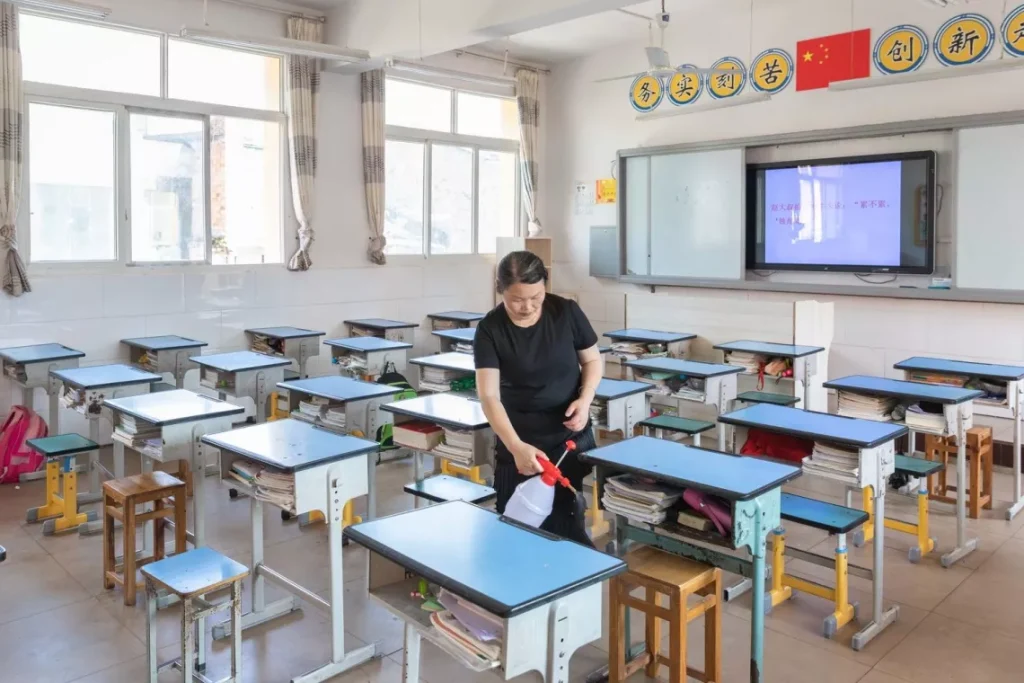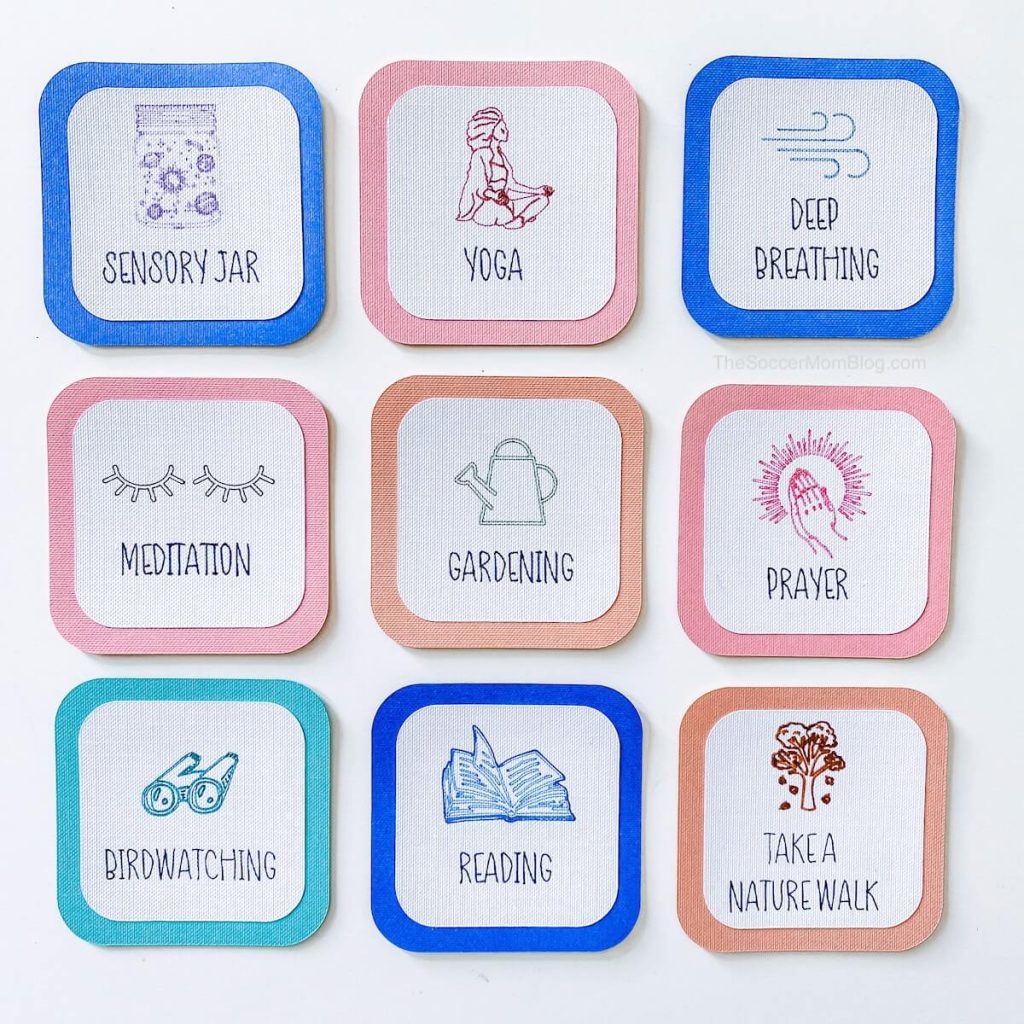When the skies turn grey and a downpour is imminent, teachers across the globe face a unique challenge: ensuring their students are well-fed and happy during wet weather lunchtimes. The “Ultimate Guide to Wet Weather Lunches for Teachers” provides a comprehensive approach to tackling this issue, ensuring that dreary days do not lead to dreary moods.
Firstly, it’s important for teachers to have a plan B for lunch spaces. Outdoor play areas may no longer be an option, so having a designated indoor area where children can eat and play is essential. Multipurpose rooms or empty classrooms can serve as temporary lunch spots.
In terms of food, it’s essential to think about items that are not messy and easy to manage within a classroom setting. Sandwiches, wraps, fruit pieces, vegetable sticks with dips, and individual yogurt pots are excellent choices. Not only do they require minimal cleanup, but they also provide the necessary nutrition to keep students energized throughout the day.
Engagement is key during wet weather lunches as students may feel disappointed about missing their normal playtime. Planning short activities such as storytelling sessions, quiet games or art projects can keep students entertained while they eat.
Finally, it’s crucial for teachers to communicate with parents in advance about wet weather contingency plans. This way, parents can prepare suitable lunches and understand that there may be changes in their child’s lunchtime routine during these days.
By preparing spaces, choosing the right foods, providing engaging activities, and effectively communicating with parents, teachers can turn potentially chaotic wet weather lunches into enjoyable indoor picnics. This guide should suffice as an invaluable resource for any teacher looking to facilitate a smooth transition during the unanticipated rainy days.









